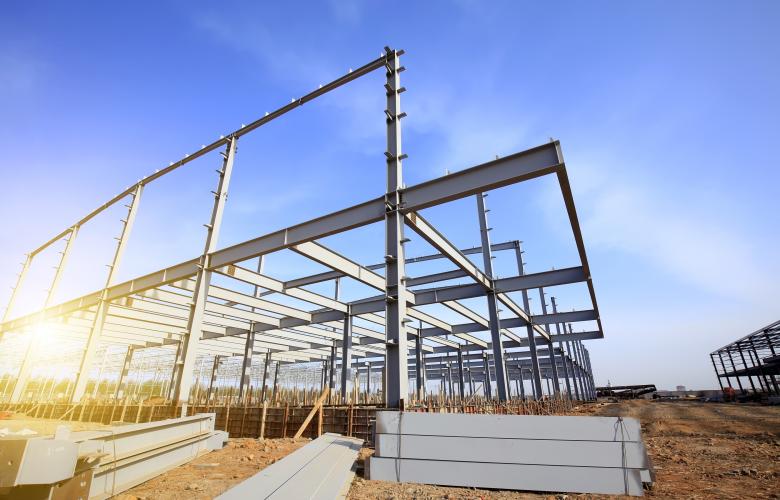Knight Frank’s outlook for 2023: What’s in store for the industrial market this year?
Contact
Knight Frank’s outlook for 2023: What’s in store for the industrial market this year?
By James Templeton, Knight Frank National Head of Industrial Logistics.
THE INDUSTRIAL market has undoubtedly been the hottest commercial real estate sector in recent times, and this year it will still be the sector to watch.
While it will continue to be very sought after by investors globally over 2023, we expect the industrial asset class will start to normalise a little over the course of the year, in terms of pricing and vacancy.
What will happen to industrial values?
Like every asset class, the industrial market has been impacted by rising interest rates and higher funding costs, but to date the strength of rental growth has offset this to underpin values, which have continued to grow.
Knight Frank’s Outlook Report 2023 predicts that there will be a 100 basis point rise in prime industrial markets on the basis that bond yields settle at around 3.5 per cent over the next 12 months and rental growth is maintained.
On the ground we are seeing yields push out for industrial property, but with demand for limited space still strong we expect income growth to continue to underpin values for this asset class.
I expect that there will likely be fewer transactions in the industrial market over the first three to six months of 2023 as major players sit back to see what will happen, while the second half of the year will see more activity.
Sign up here to receive our INDUSTRIALIST newsletters and breaking news sent straight to your inbox.
Vacancy expected to tick up slightly in late 2023
Demand is expected to continue to outweigh supply in the industrial market this year.
That’s despite 2023 being a record year for development completions, led by Brisbane and Melbourne, according to Knight Frank’s Outlook Report 2023. The demand-supply imbalance will be particularly pronounced in Sydney, where an equilibrium is unlikely to be restored until a larger quantum of developable land comes online in 2024-25.
Ultimately, structural undersupply in industrial markets will not be resolved until more developable land comes online.
With tight supply expected to continue, further rental uplift is expected, but at a slower pace than the frenetic speed of 2022.
Despite the ongoing imbalance between supply and demand, I believe development completions and a flight to quality with a great focus on efficiency will lead to a slight uptick in vacancy from its current record low levels by the end of the year. That won’t happen before the end of Q3 and most likely will materialise in Q4 and into 2024.
This year the industrial market will see an ongoing flight to quality for many users. The focus is shifting from rapid upscaling and expansion to strategic supply chain optimisation, with an improvement and upgrade of the whole distribution network encompassing cost, location, design, operational and environmental considerations.
Many major tenants will vacate older buildings and focus on more efficient facilities that are designed for automated warehouse systems and can maintain higher sustainability ratings.
Efficiency of the warehouse, stock control and transport costs will all be in greater focus as cost-cutting returns to the fore to sustain margins in a tougher economic environment.
At the same time, the need to document carbon emissions as well as reduce transport cost and time parameters will see location continue to be a driving force in efficiency and environmental considerations.
IMPORTANT: Knight Frank advice the views expressed in this article are an opinion only and readers should rely on their independent advice in relation to such matters.
Sign up here to receive our INDUSTRIALIST newsletters and breaking news sent straight to your inbox.







